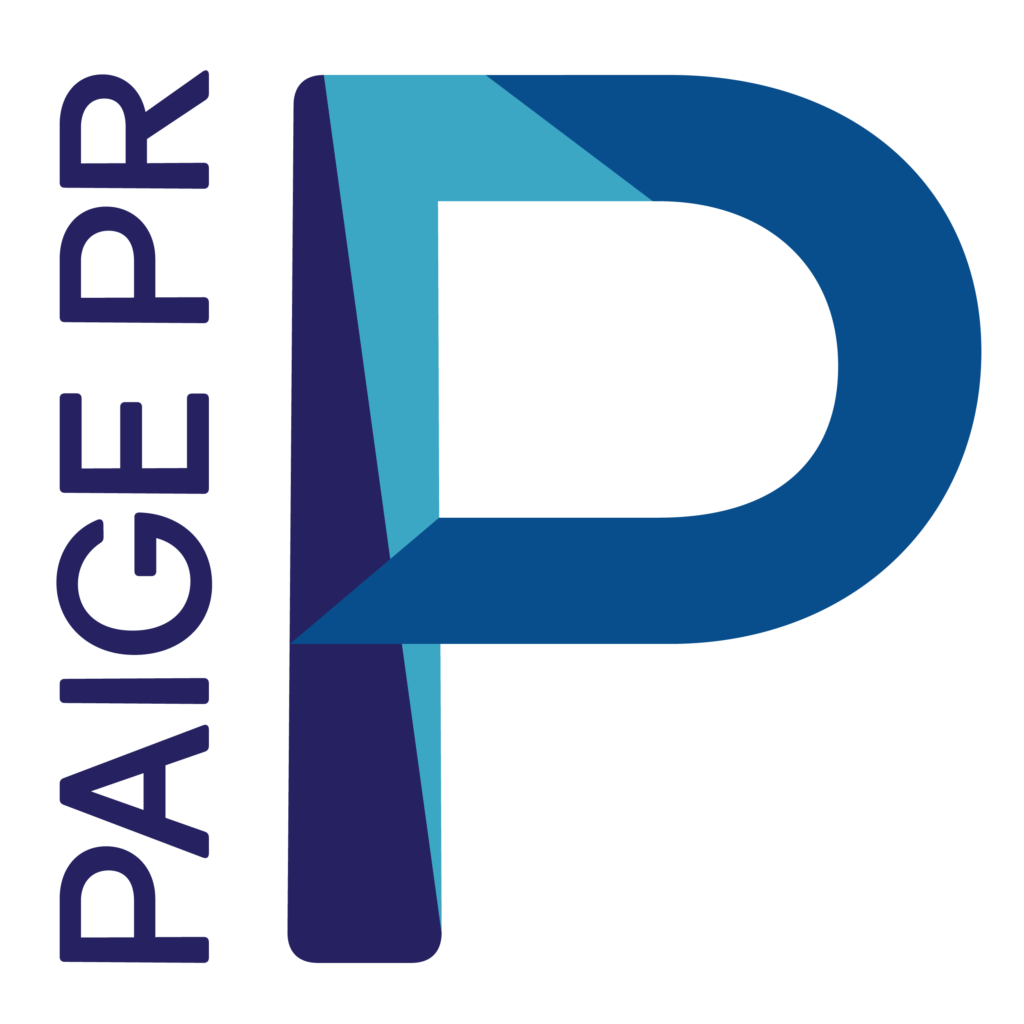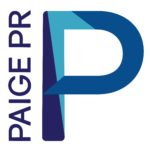LET'S GET CONNECTED!
Never miss a blog post from Paige PR! Our digital newsletter is packed full of actionable insights designed to inspire clear communication and real results to grow your business. Enter your info to subscribe!
Subscribe
Media Training 101: Bridging Techniques
By Carlie Dietert
Bridging is an instrumental tool in the media interviewing process. While journalist are always looking for ways to trip you up with hard questions it is important to know how to conduct yourself in what many consider difficult or awkward interview situations.
The ABC(D) frame work is a great tool to implement during an interview when faced with a difficult question. This includes acknowledging, bridging, continue, and dangle. Acknowledging is simply recognizing and affirming to the interviewer you heard and understand the question. Bridging is addressing the question but focusing or redirecting the conversation to one of your key messages. Next is continue, meaning continue with
Going more in-depth into bridging, it is a tactic used to
- “The key issue is…”
- “I understand what you are asking but more importantly…”
- “What we really need to look at is …”
Though bridging is a common and usually effective technique, sometimes it is obvious and interviewers along with viewers know what you are doing. In the case you feel as though bridging would not be effective, reframing is also a great tool to use. The key is to reframe the question in a way that is more positive toward yourself or your message. First understand the frame of the question, ignoring the connotation that has come with it. Once you’ve reiterated the question in a positive way, present your message and supporting commentary.
Example:
Reframed: “Why are our prices higher than some of our peers in the industry?
Answer: “We believe we make the best product on the market with the highest quality materials available. Though we may be higher than some of our competitors, it is because our product is built to last and is backed by our standard of excellence.”
In the world we live in today media training is becoming more and more important. With social media, interview clips can spread like wild fire and it is imperative to know how to respond and handle difficult questions.


